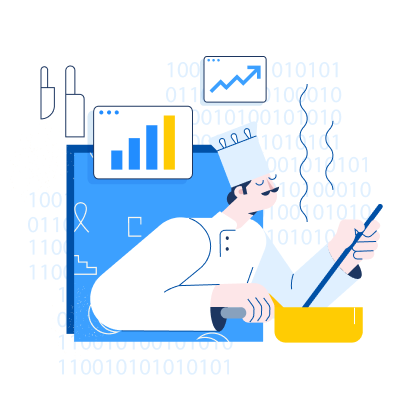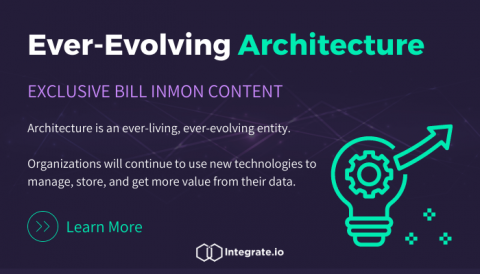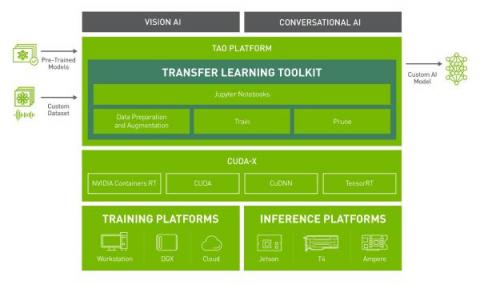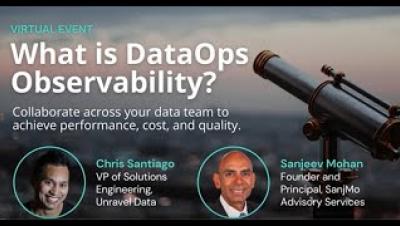Systems | Development | Analytics | API | Testing
Analytics
Ever-Evolving Architecture
The 6 common data mistakes that could be holding your business back-and how to avoid them
Data is everywhere–driving the evolution of technology, changing the way we do business, transforming what it means to be a customer. Yet, too many businesses are still operating in a data-aware state and not truly adapting to a data-driven mentality. According to Deloitte Insights, just 1 in 10 executives believe that their employees can actually use data to make decisions.
NVIDIA TAO + ClearML Tutorial
ClearML is now officially integrated into the NVIDIA TAO Toolkit 🎉. For those of you that don’t know yet, the NVIDIA TAO Toolkit, built on TensorFlow and PyTorch, is a low-code version of the NVIDIA TAO framework that accelerates the model training process by abstracting away the AI/deep learning framework complexity.
ThoughtSpot for Databricks
What is DataOps Observability?
The Power & Importance Of Developing A Data Mesh Architecture.
Clouderans Celebrate the Holiday Season by Giving Back
Clouderans made a global impact by running a number of donation activities and local giving events to celebrate the season of giving.
Distributed Feature Store Ingestion with Iguazio, Snowflake, and Spark
The top 6 attributes of a data leader
We’re in the defining decade of data. Data underpins the technologies transforming how we work, communicate, socialize and buy. If you want to take part in the revolution, you need to become—or hire—a data leader. But what does that even mean? What sets data leaders apart from the average data-aware professional? And how can we become data leaders?











